HotSpots H2O: Homeless San Franciscans Are In A Clean Water Crisis
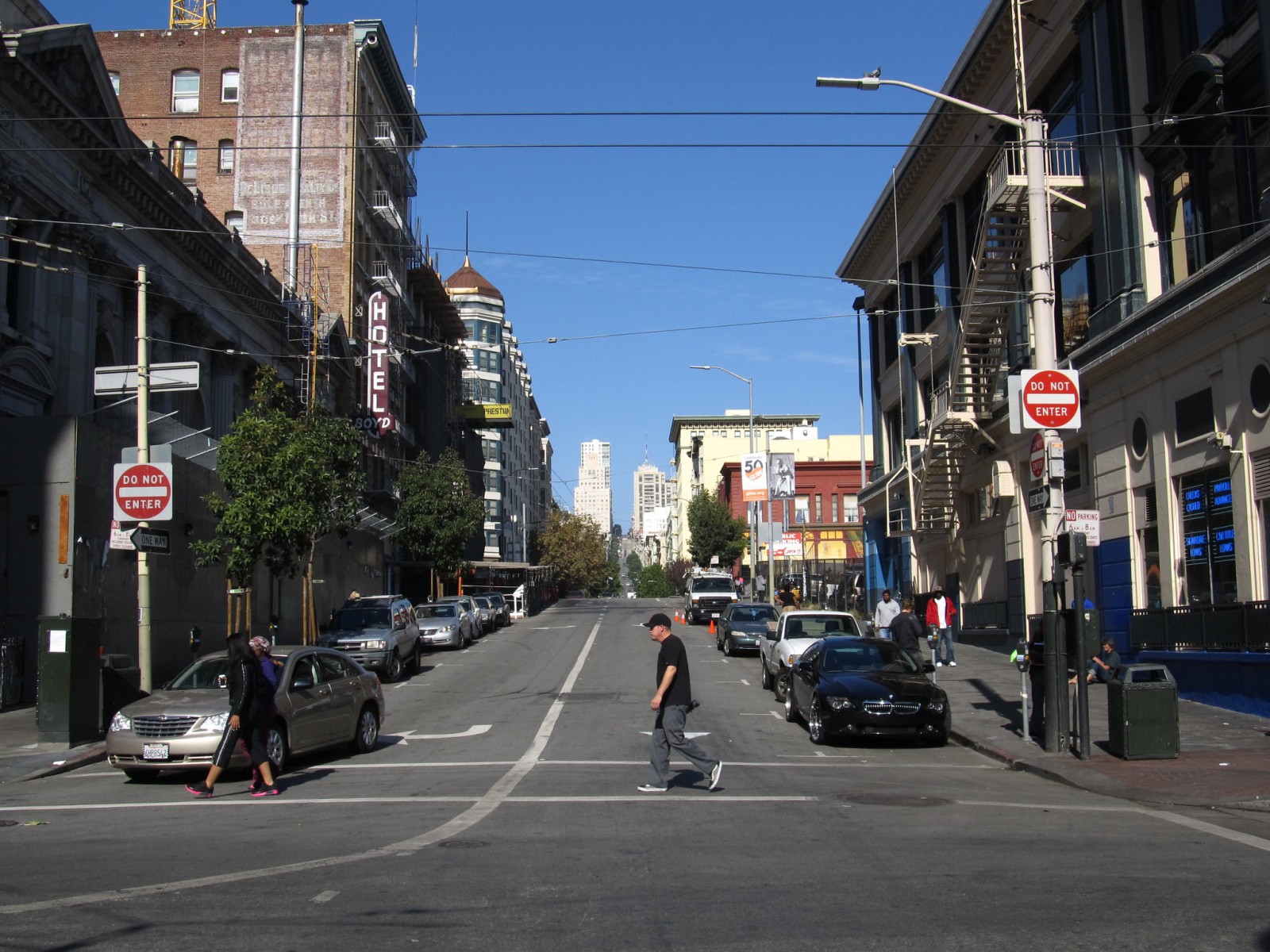
The Tenderloin area of San Francisco. Photo © Ken Lund
People living on San Francisco’s streets and in its parks face daily barriers to finding and accessing clean water, according to a report released earlier this month by the nonprofit organization, Coalition on Homelessness.
The coalition surveyed 73 unhoused people during the 2020-21 winter months to better understand how they access, use, and store water. Of those surveyed — mostly elderly and disabled people living in the Tenderloin area — some 68 percent responded that meeting their daily water needs is a burden.
Sources of hardship abound. Some unhoused residents said they have trouble getting water at grocery stores or restaurants because of their appearance. Others said that water is being policed or that long trips were necessary to find a public tap. For elderly people or those with physical impairments, carrying a sufficient supply was a challenge. Most residents found that the greatest obstacle was the limited number of water taps in their area. Less than half those surveyed were able to get enough water in a 30-minute round trip.
“No access to water. I have to make a commute to go get water. I go to Golden Gate Street. I have to figure out how to carry it around,” said Charles, an unhoused resident in the Mission district. “How do you carry it around with disabilities? Water foundations in the Tenderloin are temporary. We need a global tap type design in water fountains.”
Charles’s complaints seem to be widespread. More than three in five survey respondents said that they did not have access to even 15 liters of water a day, the lowest acceptable standard in emergency situations according to the non-governmental organization Sphere. (The United Nations Refugee Agency similarly mandates that refugees in post-emergency situations have at least 20 liters of safe water a day.) Less than a quarter of unhoused residents in San Francisco use more than nine liters a day, the survey found. The average person in the city uses 155 liters.
“This is a public health issue at all times,” said Jennifer Friedenback, the executive director of the Coalition on Homelessness. “But especially during a pandemic when unhoused people are at heightened risk when they cannot for example wash their hands regularly or keep hydrated.
In the past year, the pandemic has drastically limited the number of sites that unhoused people use to access water. Hotels, coffee shops, and corner stores, have been closed or entry has been restricted. To address this sudden gap, local officials added attachments to fire hydrants for water access in the Tenderloin — which some of the surveyed unhoused residents reported using.
Despite this, the Coalition on Homelessness says there is still a lot of work for water accessibility. In the short term, the organization urges the city to expand its investment into water infrastructure, beginning immediately with three permanent potable water stations in the Tenderloin area. In the longer term, the organization recommends stable and permanent housing for all unhoused San Franciscans with water, hygiene, and sanitation facilities included.
Elena Bruess writes on the intersection of environment, health, and human rights for Circle of Blue and covers international conflict and water for Circle of Blue’s HotSpots H2O.

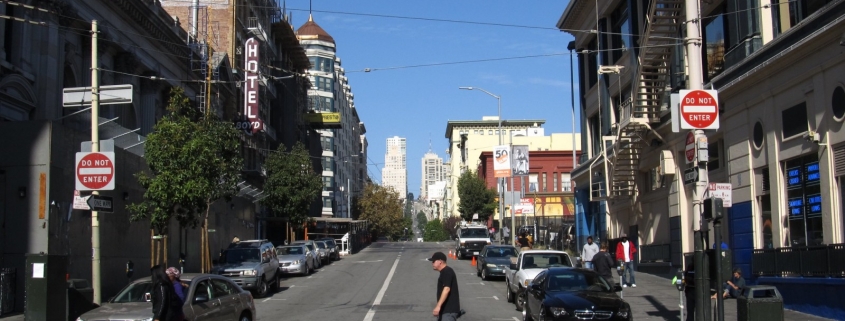
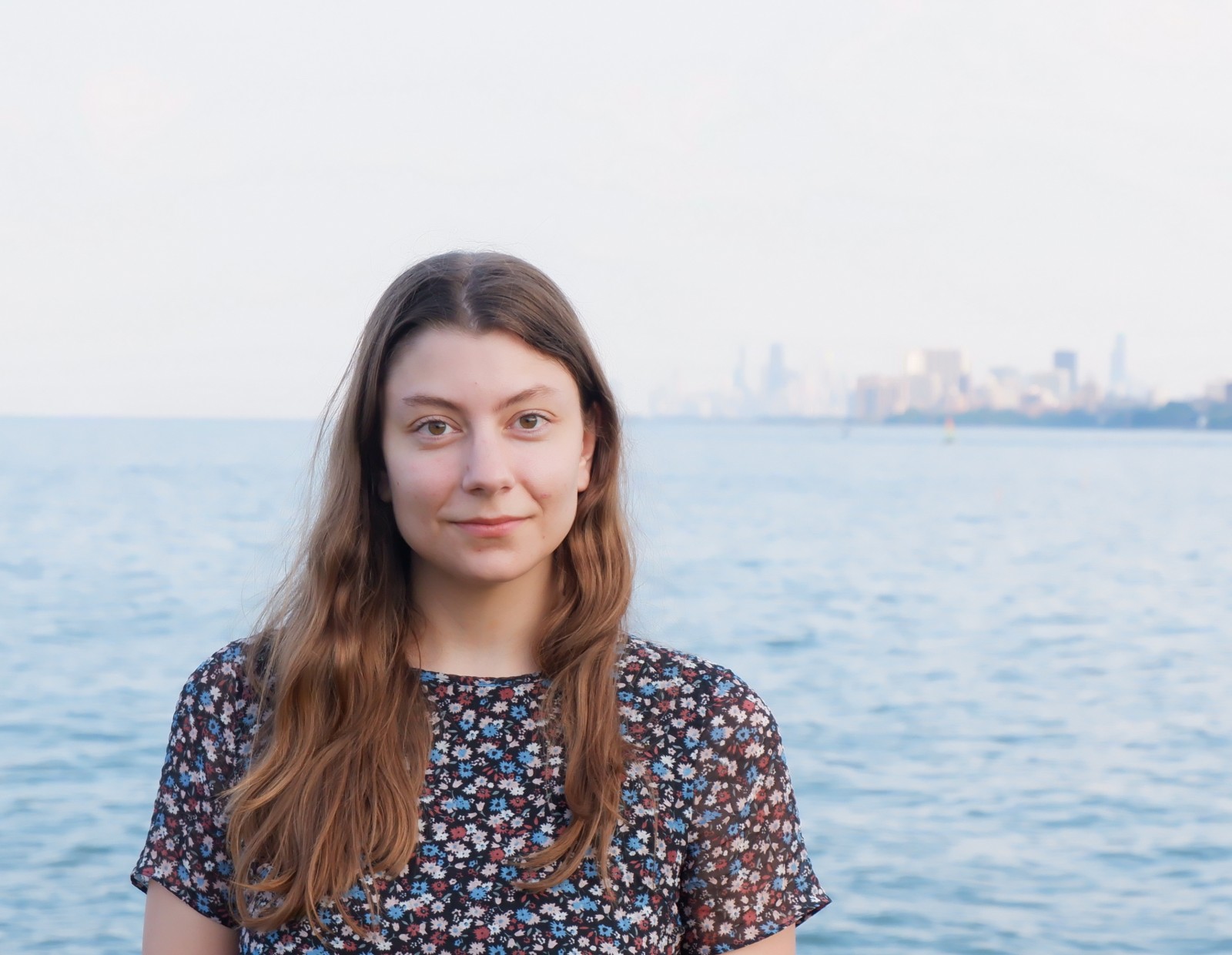
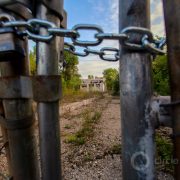
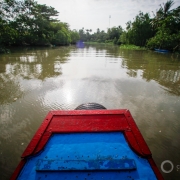
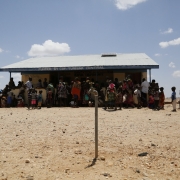
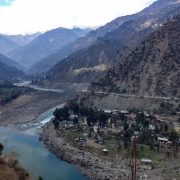
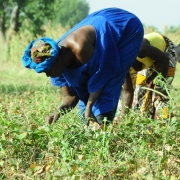
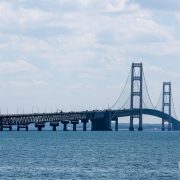




Impressive post. For large numbers of us, clean water is excessively ample and promptly accessible to the point that we infrequently, if at any time, interruption to consider what life would resemble without it.